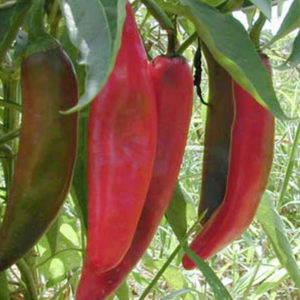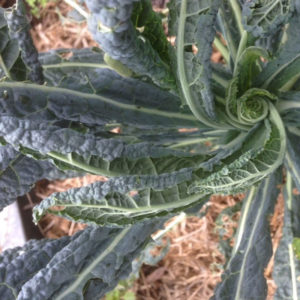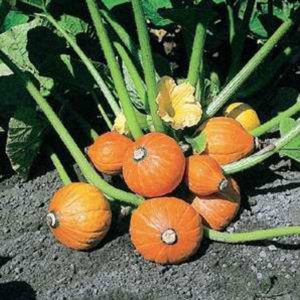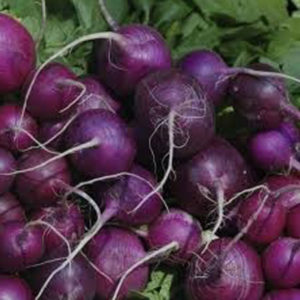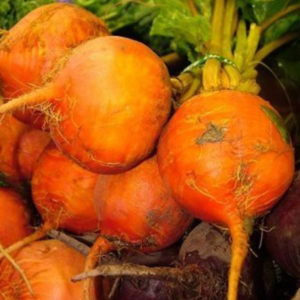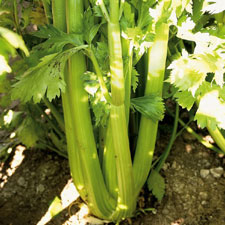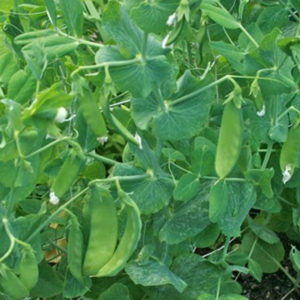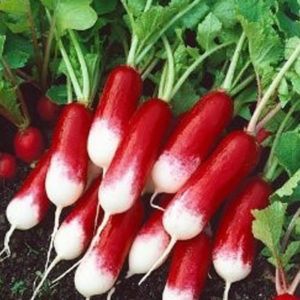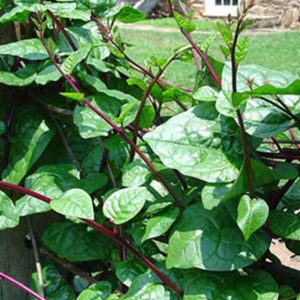-
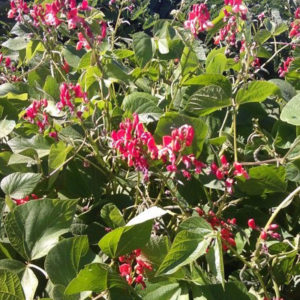
Phaseolus coccineus Originally from the mountains of Central America, Scarlet Runners are often grown as an ornamental as the flowers with contrasting green leaves are dramatic & beautiful. Planted in spring the climber can produce flowers all summer till autumn when the beans begin to set in the cooler weather. Beans when picked young are long flat tender and very tasty. Or let beans dry on plant and are considered tasty.
-
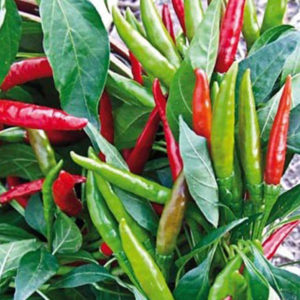 Capsicum annuum Compact plant even suitable for a largish pot with beautiful upright green to red fruit reaching upward on top of plant, so quite unusual and ornamental. And of course delicious. Found right through Asia and introduced by the Spanish conquistadors. Considered very hot yet used in most of the Thai dishes we eat. Recommended.
Capsicum annuum Compact plant even suitable for a largish pot with beautiful upright green to red fruit reaching upward on top of plant, so quite unusual and ornamental. And of course delicious. Found right through Asia and introduced by the Spanish conquistadors. Considered very hot yet used in most of the Thai dishes we eat. Recommended. -
 Allium ampeloprasum var. porrum An old heirloom known in American seed catalogues since 1870. Also known as Giant Musselburgh. White long thick stems with creamy heart. Will blanch by hilling up as extends. Plant Autumn-Spring direct or trays & plant out 10cm apart in well composted soil full sun. Mulch well. Harvest as spring onions or strong leeks.
Allium ampeloprasum var. porrum An old heirloom known in American seed catalogues since 1870. Also known as Giant Musselburgh. White long thick stems with creamy heart. Will blanch by hilling up as extends. Plant Autumn-Spring direct or trays & plant out 10cm apart in well composted soil full sun. Mulch well. Harvest as spring onions or strong leeks.

